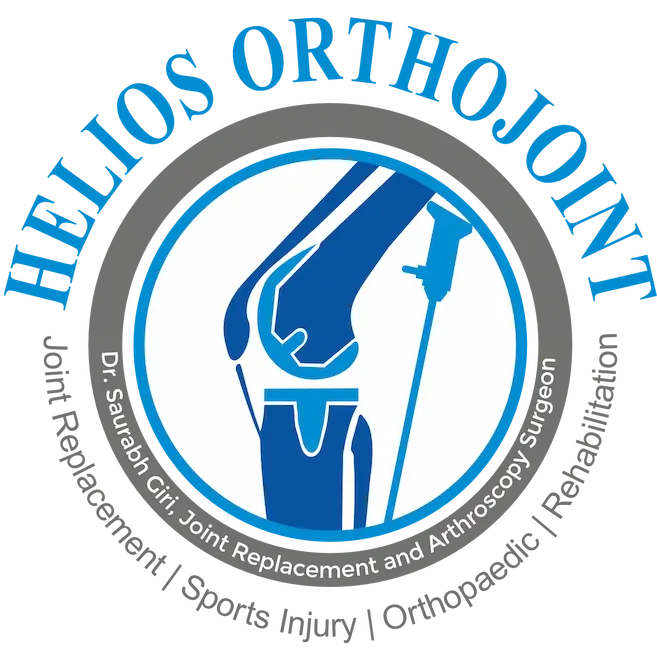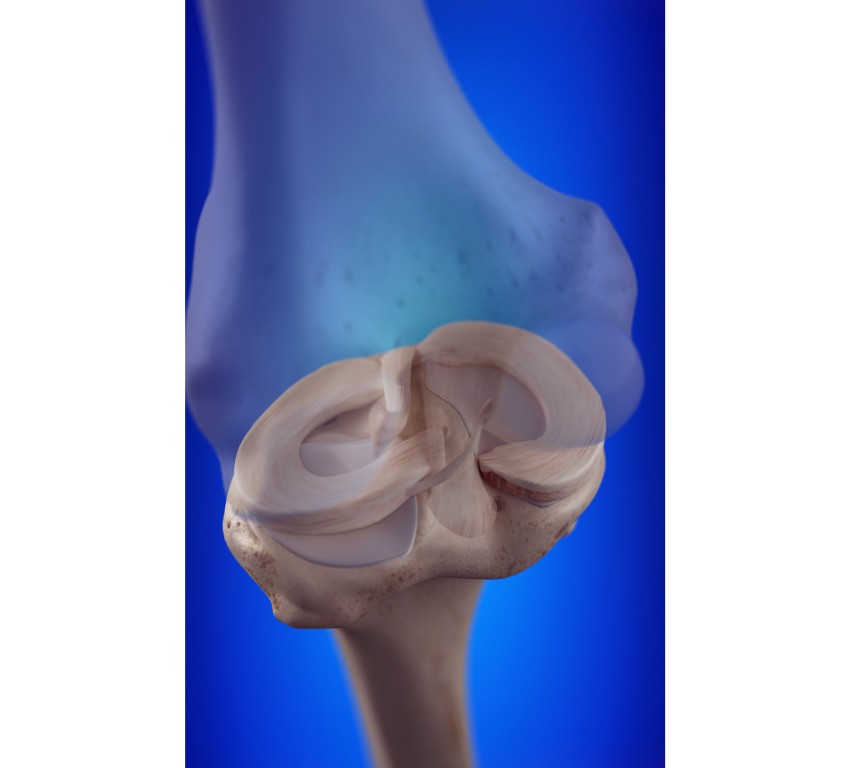

Address
1160/61, University Rd, Revenue Colony, Shivajinagar, Pune, Maharashtra 411005
The Posterior Cruciate Ligament (PCL) stands as the fortress of your knee, being the strongest ligament in this crucial joint. Responsible for preventing posterior translation, the PCL ensures stability and functionality. Unfortunately, PCL injuries are often overlooked, accounting for more than 20% of reported knee injuries. Recognizing the importance of this ligament is the first step towards a healthier knee.
PCL reconstruction surgery unveils a meticulous and advanced process. The surgical procedure is designed to restore the integrity of the PCL, offering renewed stability and function to the knee.

Successful PCL reconstruction paired with physiotherapy can usually restore stability and function to your knee. Recovery generally takes about one month. It may take eight to 4 to 6 months before athletes can return to their sports.
Schedule a consultation with our experts today.

Your path to recovery starts here at Helio's OrthoJoint.
PCL injuries are reported in more than 20% of knee injuries. They are frequently overlooked due to subtlety in symptoms and challenges in diagnosis, leading to delayed treatment.
Individuals experiencing pain in the ligament behind the knee and instability may be candidates for PCL reconstruction. A thorough assessment by a medical professional is essential to determine candidacy.
While some PCL injuries can be managed non-surgically through physiotherapy and bracing, severe cases often require reconstruction surgery for optimal outcomes. The decision depends on the extent of the injury and its impact on the patient's lifestyle.
Like any surgery, PCL reconstruction carries some risks, including infection, bleeding, or graft failure. However, these risks are typically low, and the benefits of the procedure often outweigh potential complications.
The surgery usually takes a few hours, and it is commonly performed on an outpatient basis. Patients typically return home the same day, but a thorough recovery plan is essential.
Success rates are generally high, especially when combined with postoperative physiotherapy. Most individuals experience restored stability and function within a month, with athletes returning to sports in 4 to 6 months.
While it's challenging to prevent all PCL injuries, maintaining proper conditioning, using protective gear in high-risk activities, and seeking prompt medical attention for any knee injuries can reduce the risk and severity of PCL injuries.
It is advisable to seek medical attention promptly for any suspected PCL injury. Delayed diagnosis and treatment can lead to complications and prolonged recovery.